Question 84 Chapter 2 of Class 12 Part – 1
84. A, B and C are partners in a firm, sharing profits in the ratio of 2:1:1. It is agreed th interest on capital will be allowed at 5% per annum and interest on drawings will be charged at 4% per annum. (No Interest will be charged or allowed on Current Accounts) The following are the particulars of the Capital, Current and Drawings Accounts of the partners.
| A(Rs.) | B(Rs.) | C(Rs.) | |
| Capital A/c (1st April, 2015) | 75,000 | 40,000 | 30,000 |
| Current A/c (1st April, 2015) | 10,000 | 5,000 | 5,000(Dr.) |
| Drawings | 15,000 | 10,000 | 10,000 |
| Interest on Drawings (31st March, 2016) | 500 | 190 | 350 |
The Profit and Loss Account for the year ended 31st March, 2016 showed a net profit of Rs. 60,000 before taking into account interest on capital and drawings and subject to the following adjustments:
(a) Life insurance premium of A amounting to Rs. 1,000 paid by the firm on 1st January, 2016 has been charged to Miscellaneous Expenditure Account
(b) Travelling expenses of Rs. 3,000 of B for a pleasure trip to Kashmir paid by the firm on 30th September, 2015 has been debited to Travelling Expenses Account.
(c) Repairs to machinery amounting to Rs. 10,000 has been debited to Plant Account and depreciation there on charged @20 %.
Prepare the Profit and Loss Appropriation Account for the year ending 31st March, 2016 and Current Accounts of the partners for the year.
The solution of Question 81 Chapter 2 of Class 12 Part – 1: –
Profit and Loss Appreciation Account
For the year ended on 31st March 2016
| Particulars |
|
Amount |
Particular |
Amount | |
| To Interest on Capital A/c: | By Profit and Loss A/c | 56,000 | |||
| A | 3,750 | By Interest on Drawings | |||
| B | 2,000 | A | 510 | ||
| C | 1,500 | 7,250 | B | 250 | |
| To Profit Transferred To Current A/C’s | C | 350 | 1,110 | ||
| A | 24,930 | ||||
| B | 12,465 | ||||
| C | 12,465 | 49,860 | |||
| 57,100 | 57,100 |
Partner’s Capital Account
| Particulars |
A Rs. |
B Rs. |
C Rs. |
Particular |
A Rs. | B Rs. | C Rs. |
| To Balance b/d | – | – | 5,000 | By Balance b/d | 10,000 | 5,000 | – |
| To drawings A/c | 15,000 | 10,000 | 10,000 | By Salaries A/c | 3,750 | 2,000 | 1,500 |
| To Interest on Drawings A/c | 510 | 250 | 350 | By P & L App. A/c | 24,930 | 12,465 | 12,465 |
| To Insurance premium A/c | 1,000 | – | – | By balance c/d | – | – | 1,385 |
| To Travelling Expenses A/c | – | 3,000 | – | ||||
| To Balance c/d | 22,170 | 6,215 | – | ||||
| 38,680 | 19,465 | 15,350 | 38,680 | 19,465 | 15,350 |
Working Notes;
(1) Interest On Additional Drawings:
A’s Life Insurance Premium = Rs. 1,000
Interest On this Amonut ( Additional Drawing) = 1,000×4/100×3/12 = Rs. 10
B’s Life Insurance Premium = Rs. 3,000
Interest On this Amonut ( Additional Drawing) = 3,000×4/100×6/12 = Rs. 60
(2) Calculation of distributable profit among partner’s:
| (Rs.) | (Rs.) | |
| Firm’s Profit | 60,000 | |
| Add: Life Insurance | 1,000 | |
| Add: Tavelling Expenses | 3,000 | 4,000 |
| 64,000 | ||
| Less: Repairs to Machinery | 10,000 | |
| Depreciation @20% | (2,000) | 8,000 |
| 56,000 |
Thanks, Please Like and share with your friends
Comment if you have any questions.
Advertisement-X
Also, Check out the solved question of all Chapters: –
Usha Publication – Accountancy PSEB (Class 12) – Volume I – Solution
Chapter No. 1 – Accounting Not for Profit Organisations
Chapter No. 2 – Partnership Accounts – I (Introduction)
Chapter No. 3 – Partnership Accounts – II (Goodwill: Nature and Valuation)
Chapter No. 4 – Partnership Accounts – III (Reconstitution of Partnership)
Chapter No. 5 – Partnership Accounts – IV (Admission of A Partner)
Chapter No. 6 – Partnership Accounts – V (Retirement and Death of A Partner)
Chapter No. 7 – Partnership Accounts – VI (Dissolution of Partnership Firm)
Chapter No. 8 – Company Accounts (Share Capital)
Chapter No. 9 – Company Accounts (Issue of Debentures)
Advertisement-X
Chapter No. 10 – Company Accounts (Redemption of Debentures)
Usha Publication – Accountancy PSEB (Class 12) – Volume II – Solution
Chapter No. 1 – Financial Statements of a Company
Chapter No. 2 – Financial Statement Analysis
Chapter No. 3 – Tools of Financial Statement Analysis- Comparative and Common Size
Chapter No. 4 – Ratio Analysis
Chapter No. 5 – Cash Flow Statement
Check out T.S. Grewal +2 Book 2020@ Official Website of Sultan Chand Publication
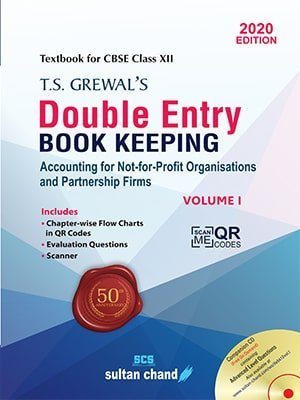

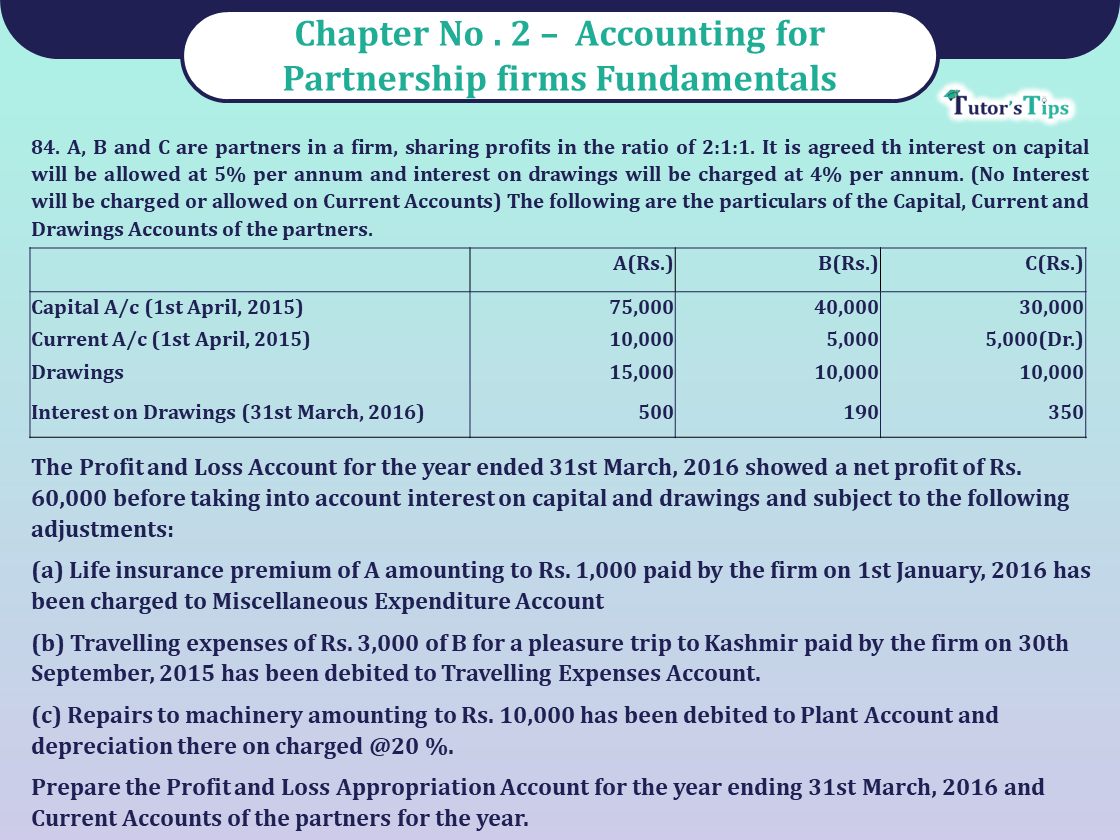
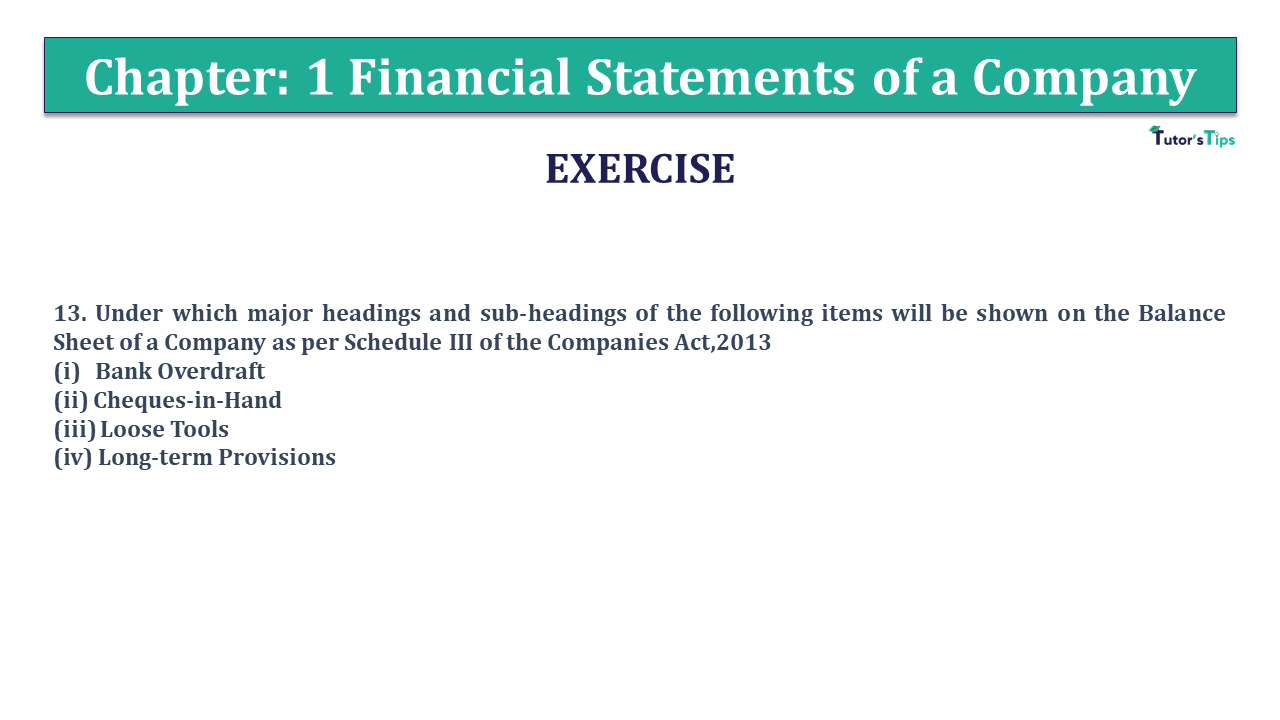
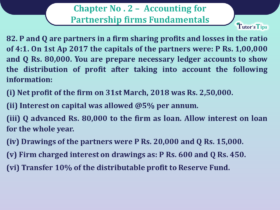
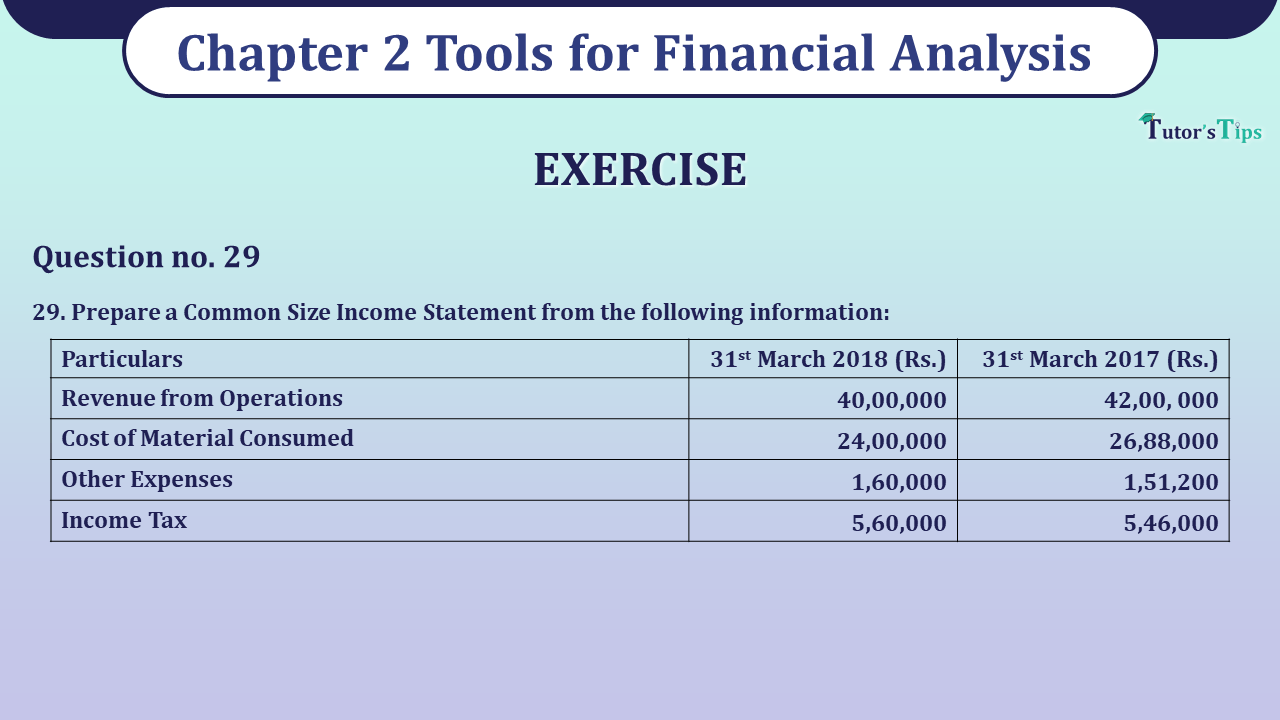

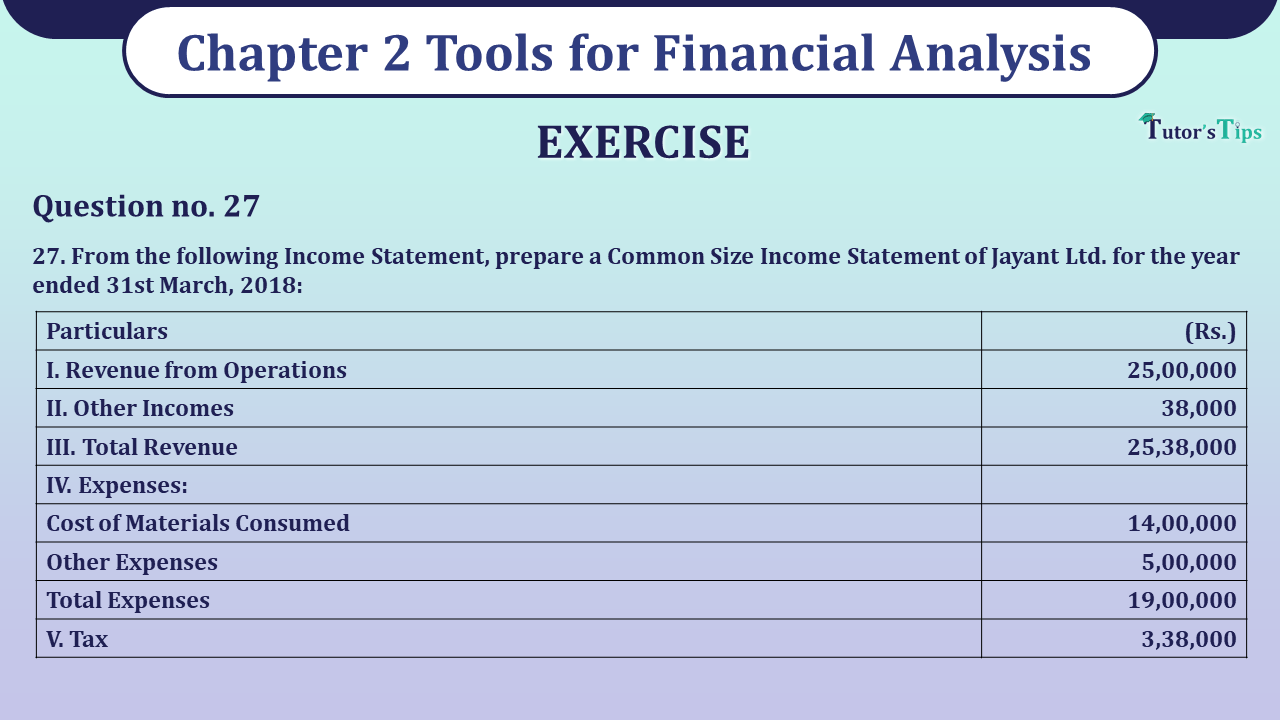
Leave a Reply